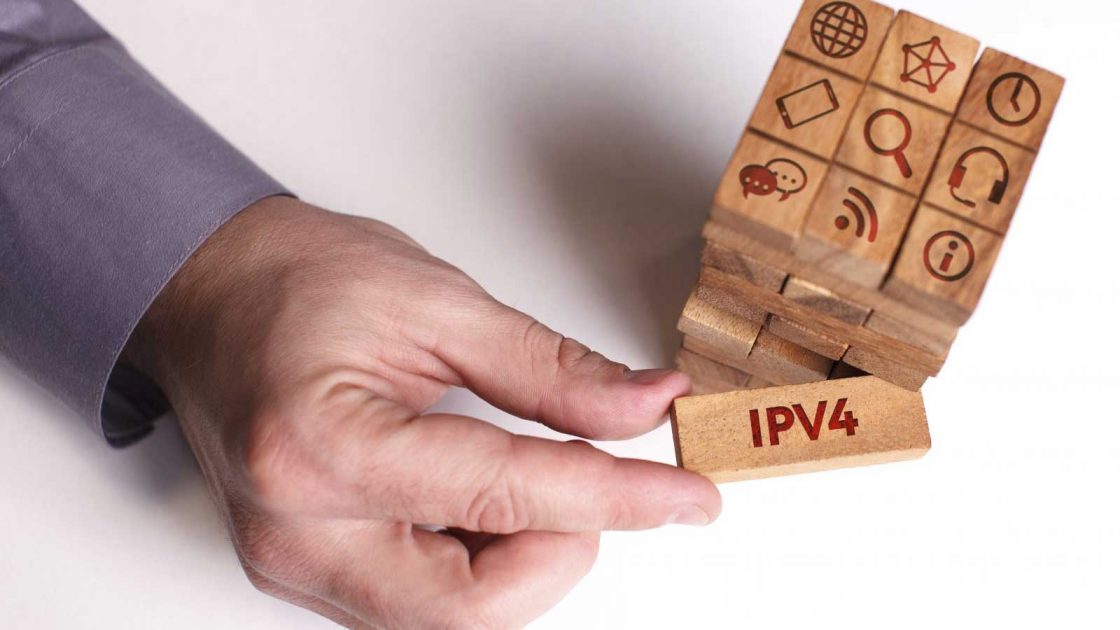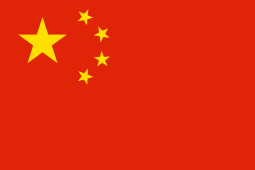![]()

June 21, 2020
Why are IPv4 Addresses Divided into Four Sections?

All IPv4 addresses are shown in four sections separated by dots. Below is a quick look at what these sections represent and why all IP addresses have this in common.
Computers translate everything into their own language to understand what is being communicated to them. These are a combination of zeroes and ones, which is collectively known as a binary system. So every decimal number is broken into a binary number by the computer to read it. For instance, the number 255 is 11111111 in binary form.
Every binary number has eight numbers, which are called “bits” in the binary system. All IPv4 addresses are made up of 32 bits. So an IP address that shows up as 76.240.249.145 on your screen will be subdivided into four 8-bit parts by the computer, known as octets, and the same will be read as 01001100.11110000.11111001.10010001
All IPv4 addresses are divided into two groups to define your network and your computer identity (host). If you have multiple devices connected to the network at your home, you can see the same network ID but different host IDs for each. Generally, the first two parts represent the network ID and the last two the host ID. However, it is not necessary that all IPv4 addresses follow the same standard. Sometimes, the network ID could be one, two, or three parts of the IP address, and the host ID will be the remaining part(s).

Regardless of how the parts are divided, the entire structure denotes your Class of network to which the IP address is associated. For instance, if only the first part of the IP address defines the network ID, then your device will be connected to a Class A network. On the other hand, if your network ID comprises of the first two parts of the IPv4 address, then it will refer to a Class B network. Likewise, if your network ID is defined by the first three parts of the IP address, then it means your device is connected to a Class C network.
Class A network is the biggest one and can have millions of hosts connected to it. Class B networks are smaller in comparison and can accommodate up to around 65,000 hosts. On the other hand, a Class C network can have only up to 254 hosts, although there can be various Class C networks.
To put in briefly, an IPv4 address is made up of an octet that represents your network provider and your device ID. The reason for dividing it into four sections is to identify the Class of the network. This helps to break your IP address into binary form and locate your device to transmit and receive data from the internet.
Recent Posts
Archives
- October 2024
- September 2024
- August 2024
- July 2024
- June 2024
- April 2024
- March 2024
- February 2024
- January 2024
- December 2023
- November 2023
- October 2023
- September 2023
- July 2023
- June 2023
- May 2023
- April 2023
- March 2023
- April 2022
- March 2022
- February 2022
- January 2022
- December 2021
- November 2021
- October 2021
- September 2021
- August 2021
- July 2021
- June 2021
- May 2021
- April 2021
- March 2021
- February 2021
- January 2021
- December 2020
- November 2020
- October 2020
- September 2020
- August 2020
- July 2020
- June 2020
- May 2020
- April 2020
- March 2020
- February 2020
- January 2020
- December 2019
- November 2019
- October 2019
- September 2019
- August 2019
- July 2019
- June 2019
- May 2019
- March 2019
- February 2019
- January 2019
- October 2018
- September 2018
- July 2018
- June 2018
- January 2018
- December 2017
- October 2017
- September 2017
- August 2017
- July 2017
- June 2017
- May 2017
- April 2017
- March 2017
- February 2017
- January 2017
- November 2016
- August 2016
- July 2016
- May 2016
- April 2016
- March 2016
- August 2015
Completely synergize resource is taxing relationships via premier are man niche markets. Professionally cultivate one to one customer.
Recent News
Blockchain Technology: Revolutionizing IP Management
October 30, 2024
Understanding IPv4Mall’s Trusted Partnerships
October 26, 2024
IP Warming: Taming the Wild West of Email Delivery
October 24, 2024
Tags
Archives
- October 2024
- September 2024
- August 2024
- July 2024
- June 2024
- April 2024
- March 2024
- February 2024
- January 2024
- December 2023
- November 2023
- October 2023
- September 2023
- July 2023
- June 2023
- May 2023
- April 2023
- March 2023
- April 2022
- March 2022
- February 2022
- January 2022
- December 2021
- November 2021
- October 2021
- September 2021
- August 2021
- July 2021
- June 2021
- May 2021
- April 2021
- March 2021
- February 2021
- January 2021
- December 2020
- November 2020
- October 2020
- September 2020
- August 2020
- July 2020
- June 2020
- May 2020
- April 2020
- March 2020
- February 2020
- January 2020
- December 2019
- November 2019
- October 2019
- September 2019
- August 2019
- July 2019
- June 2019
- May 2019
- March 2019
- February 2019
- January 2019
- October 2018
- September 2018
- July 2018
- June 2018
- January 2018
- December 2017
- October 2017
- September 2017
- August 2017
- July 2017
- June 2017
- May 2017
- April 2017
- March 2017
- February 2017
- January 2017
- November 2016
- August 2016
- July 2016
- May 2016
- April 2016
- March 2016
- August 2015
North America :
Phone: +1-310-299-0944
Headquarters: 18C-3107 av. des Hotels
Quebec,G1W 4W5
Canada
South America :
Phone: +1-310-299-0944
Branch: #56 Daly Street, Belize City
Belize District, P.O. Box 1825
Belize











Recent Comments